The year is drawing to a close, and what an adventure it has been on many fronts. In the microcosm of grade nine science, we ended the virtual year off by examining ecosystems. First, we looked at some of the basic concepts and terminology related to ecology, and then zoomed into the various ecosystems Earth has to offer. After examining the living (biotic) and non-living (abiotic) components of ecosystems, we spent some time examining how the biotic factors interacted with the abiotic factors, as well as how the biotic factors interacted with one another. We discussed symbiosis, predation, energy flow, limiting factors, and competition (for food, resources, shelter, etc).
Students played an interactive online game called Mountain Scramble, where they had to try balancing all the living things in an ecosystem over a twelve day period, giving them a hands-on look at how difficult a task it can be (way to go nature!). For the end of the unit, we looked at the similarities and differences of aquatic and terrestrial ecosystems, and the impacts various human activities have on them. To demonstrate their knowledge and understanding of the unit, students worked on an assignment where they analysed the impacts housing development and fertilizer use can have on local ecosystems, and proposed some ways to lessen the negative impacts.

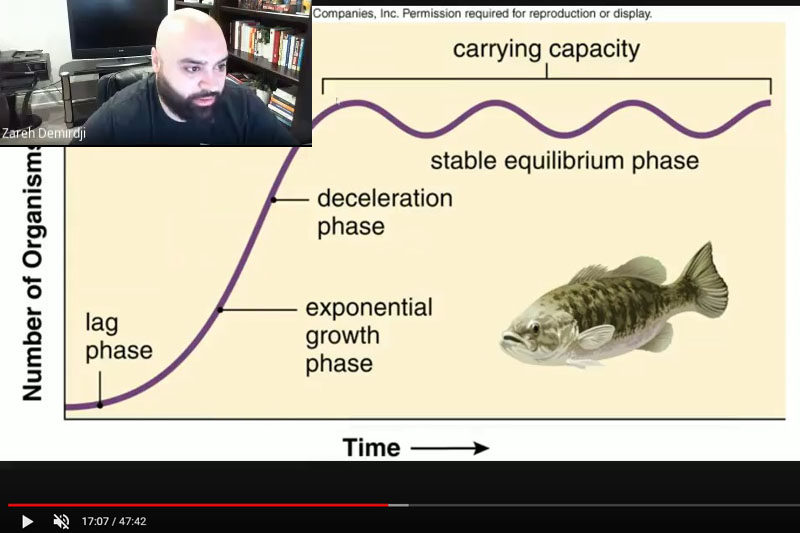
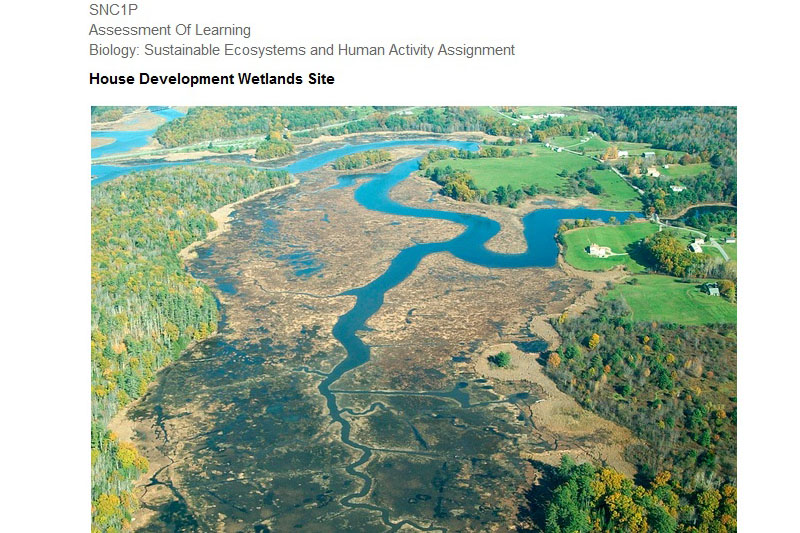
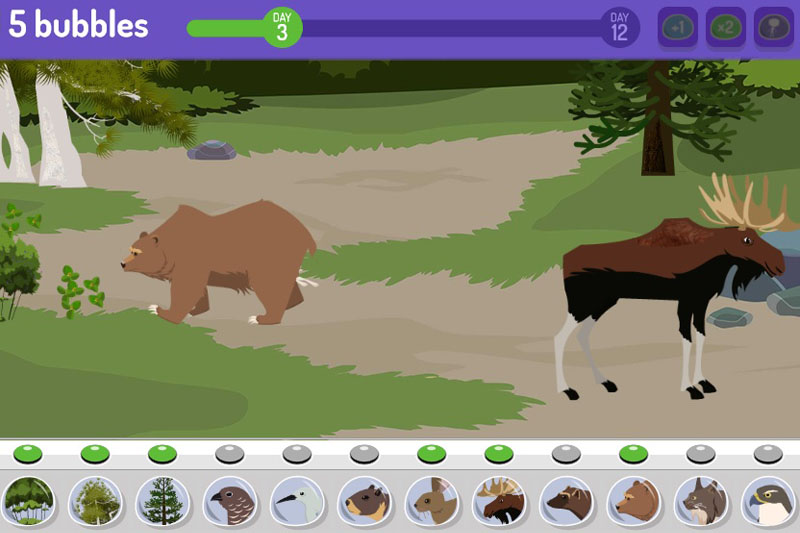
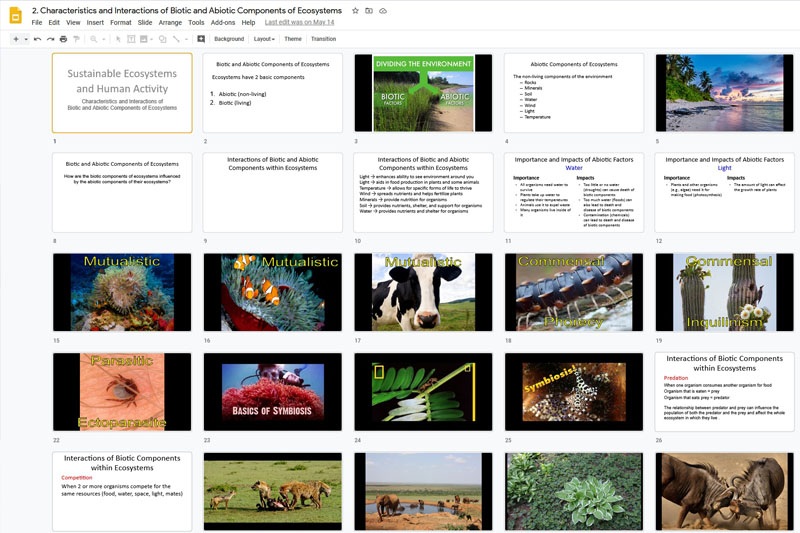
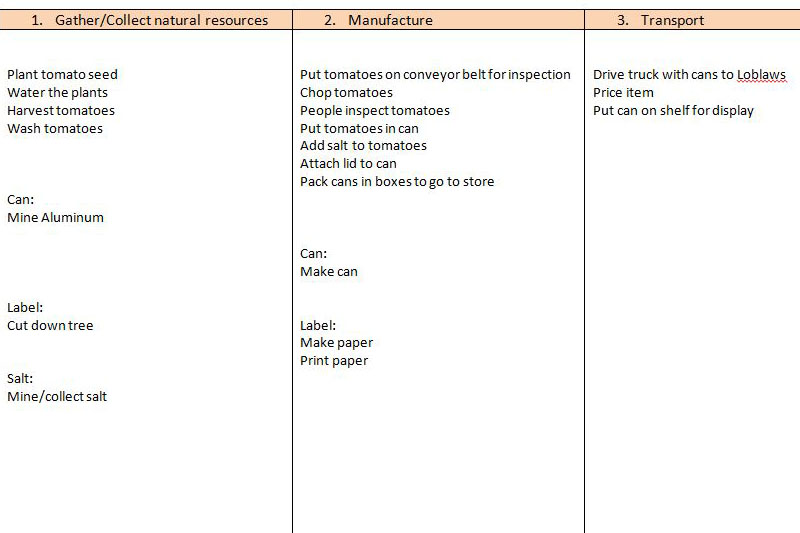
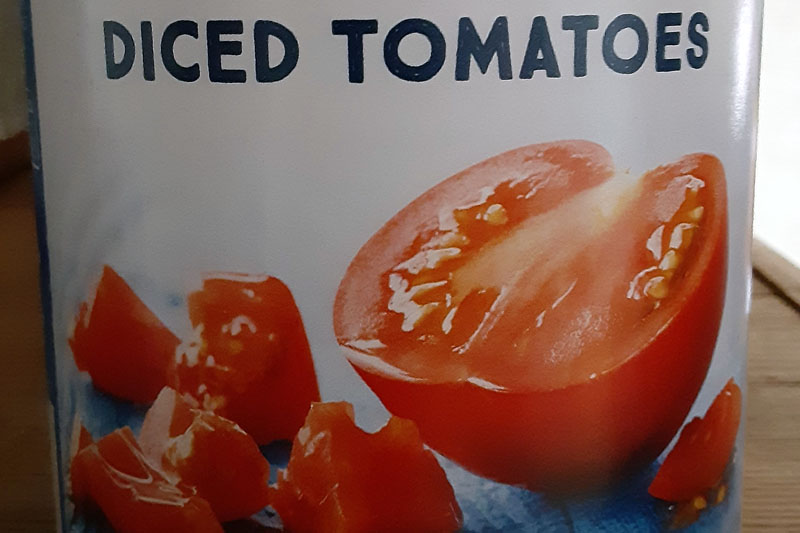
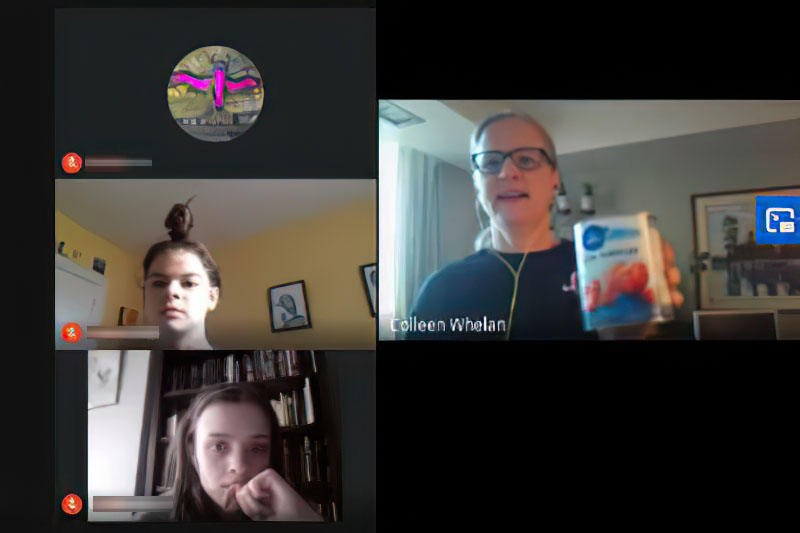
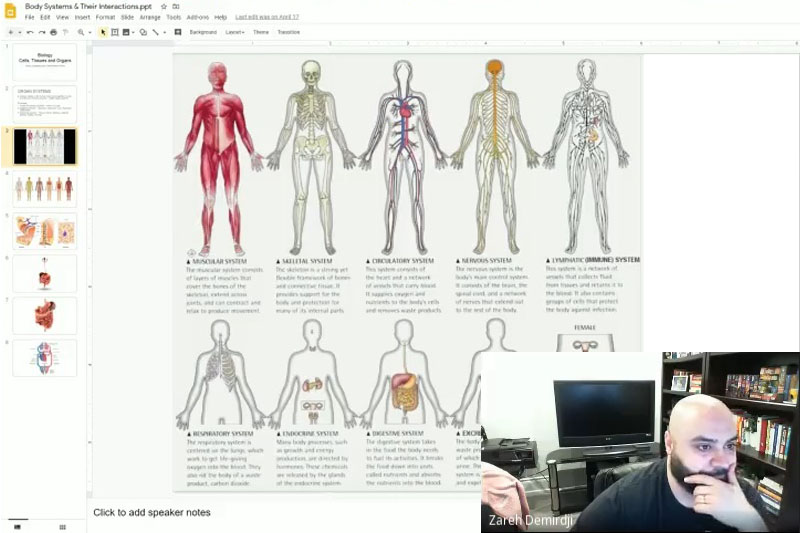
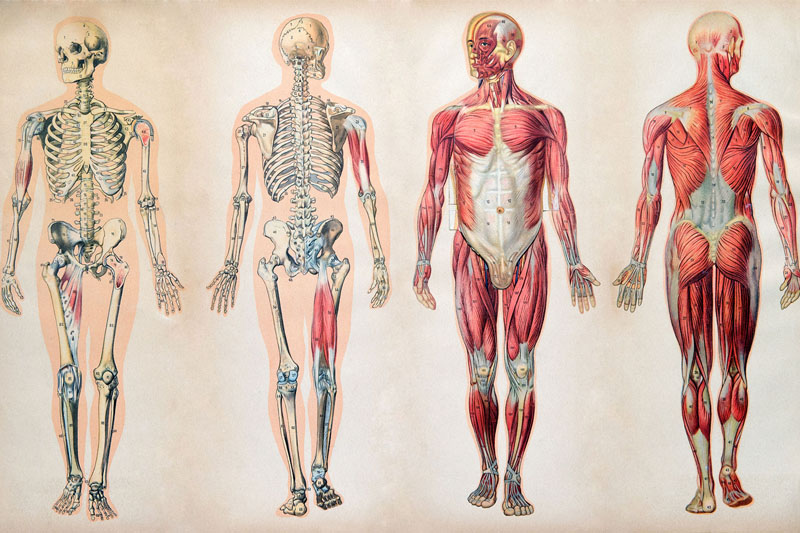
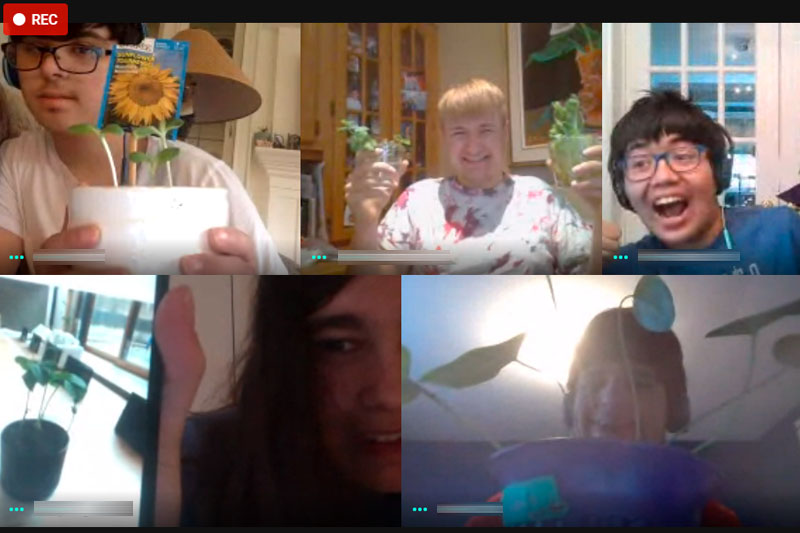
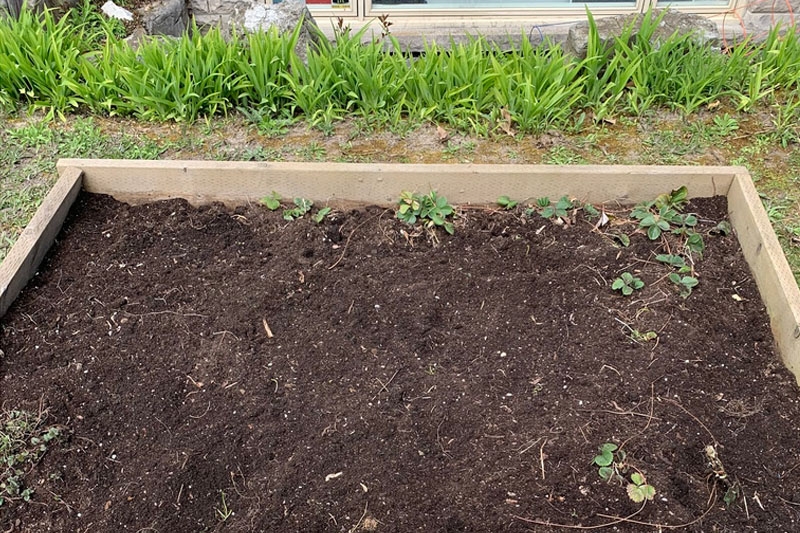
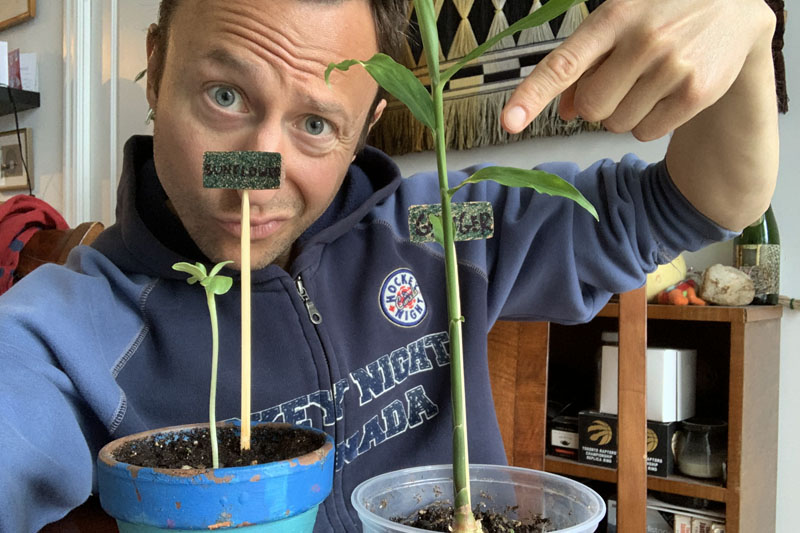
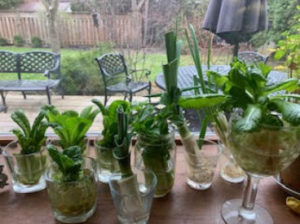 We began by learning all about the benefits that immersing ourselves in nature can have, and how adding a few plants into our living spaces, and participating in gardening can improve our mental health in trying times. We practiced propagating plants from ones that we already had growing in our home as well as growing our own food from kitchen scraps, getting artsy while making plant labels from upcycled materials found around the house, and preparing garden beds outdoors.
We began by learning all about the benefits that immersing ourselves in nature can have, and how adding a few plants into our living spaces, and participating in gardening can improve our mental health in trying times. We practiced propagating plants from ones that we already had growing in our home as well as growing our own food from kitchen scraps, getting artsy while making plant labels from upcycled materials found around the house, and preparing garden beds outdoors.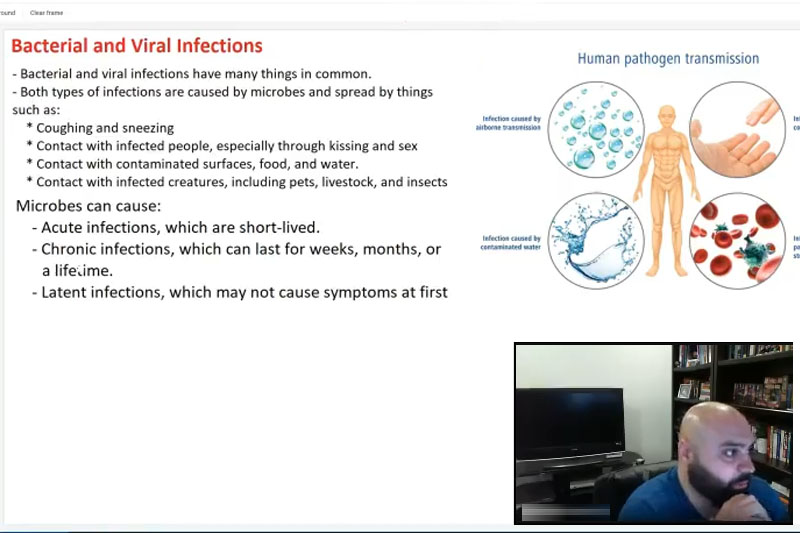
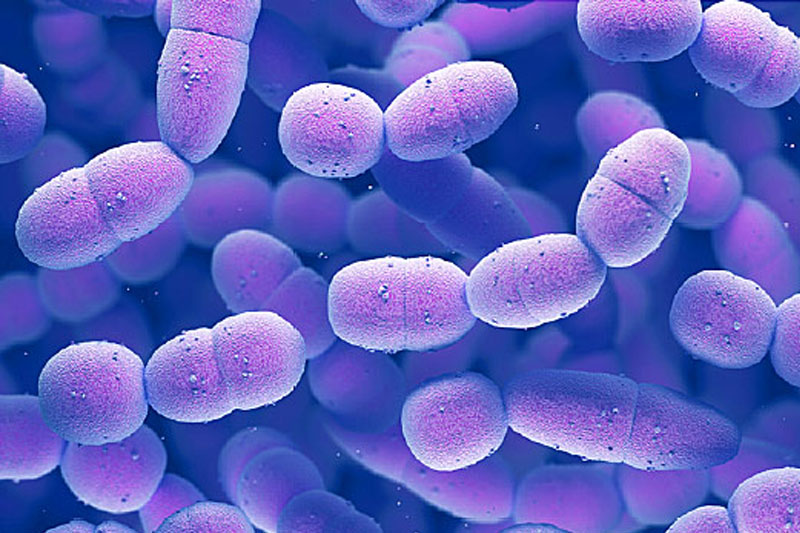
 We ended the unit by focussing on various types of symbiotic relationships and the dynamics of each. The unit itself being a fitting topic for the world we currently find ourselves living in, we spent the last class of the unit discussing bacterial and viral infections, their similarities and differences, and how to treat and prevent both types. To demonstrate their knowledge and understanding of the unit, students worked on a mini research project identifying and discussing the various impacts microorganisms have on their environments and the ethical issues related to their use in biotechnology.
We ended the unit by focussing on various types of symbiotic relationships and the dynamics of each. The unit itself being a fitting topic for the world we currently find ourselves living in, we spent the last class of the unit discussing bacterial and viral infections, their similarities and differences, and how to treat and prevent both types. To demonstrate their knowledge and understanding of the unit, students worked on a mini research project identifying and discussing the various impacts microorganisms have on their environments and the ethical issues related to their use in biotechnology.